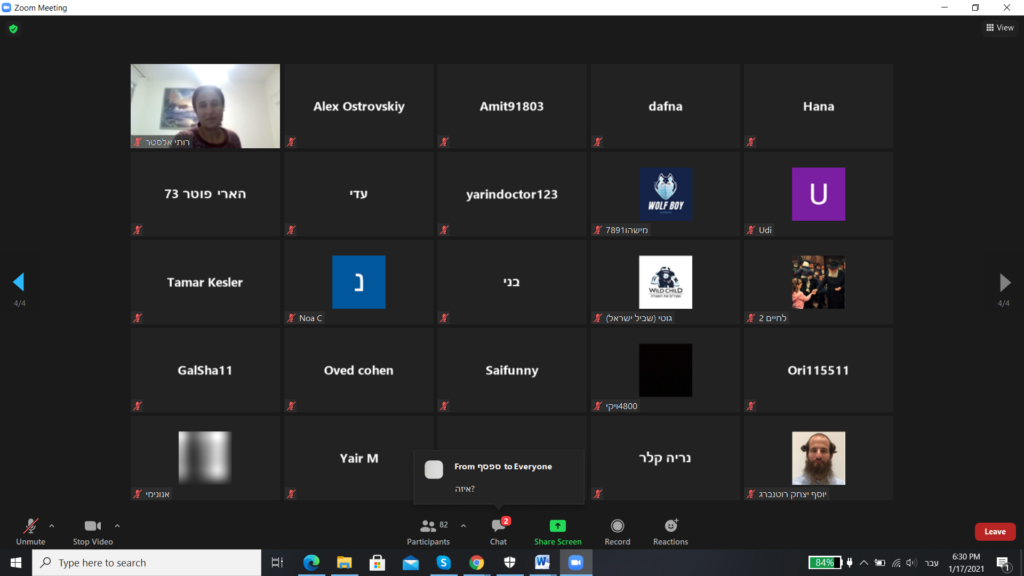I’m holding a lot of meetings at the moment, for a bunch of different reasons, and with different people.

I’ve settled on some principles that I think are pretty universally true:
All meetings are optional
If someone doesn’t want to be in a meeting then they probably won’t gain anything from being there, and nor will anyone else.
Most meetings exist to facilitate a discussion: problems are described and discussed, ideas are suggested and critiqued, decisions are made. If someone doesn’t want to be in the meeting they’ll likely not do any of that.
Those meetings that exist simply to disseminate information normally don’t need to be synchronous; a recording can be sent out to anybody who didn’t want to be there in real-time to watch at their convenience. Anything that has to go to everybody is probably also going to be sent out in text form, too.
In-person meetings are different to remote ones
In general we prefer to meet each other in-person. Good video conferencing existed for years before lockdown and was used sparingly and as a last resort; everybody has used it but few picked it as the way they have the best, most useful conversations.
More than that, though, dialling in remotely is different to sitting in the same room; you’re sat at a general-purpose PC with a meeting in a window you can minimise (I am typing this while I’m in a meeting about the state of our security patching). You might be in a distraction-free meeting pod, but you also might be sat at home surrounded by interesting things.
I suspect that as humans we find it hard to be as interested in somebody talking at us through a screen than we do talking in-person, though I have no science for that. Certainly I find it very hard to feel like I’m in a conversation when we’re constricted by a video conferencing platform’s attempts to track the ‘current speaker’.
Meetings are either remote or in-person, for everybody
If you have some people in a room having a highly involved meeting and other people dialling in remotely, with the differences identified above, then you don’t have a “hybrid meeting”; you have a meeting and some spectators.

If you want the people who have to dial in to have as useful, involved and worthwhile a meeting as those who don’t, you should all go to different places so everyone dials in separately and individually, so everyone is having the same meeting.
The truth of this is proven by how little we do it. If you’ve a meeting coming up one day where you and some of the attendees are in the office, the natural thing to do is always to book a room for those in the office and use it. None of us wants to be the remote attendees at a meeting because that’s a lesser experience.
The right thing to do is to equalise this; let everyone have the same level of involvement by not booking that room.
Body language and facial expressions are important, but so is the right to have the camera off

This only traditionally applies to remote meetings. There’s a lot of very good reasons to not have your camera on in a meeting and I don’t think anybody should be forced to have their camera on.
Lots of people are unused to being seen out and about without having dressed to go out, or having done their hair or makeup. One benefit of working from home has been not-needing to do this, and it seems unfair to take that away.
Early in their career people are less keen to show off their living arrangements. I enjoyed all of the places I lived for the first several years after uni, but I can’t imagine showing any of my bosses of the time around any them.
But meetings are so much better with the visual cues of facial expressions and hand-raises. When talking it’s really useful to see if people look interested, bored, entertained or confused. When being talked to it’s really useful to see if everyone else is as confused as you are by that sentence; we’re all happier to ask the question we think everyone wants to ask.
For this reason I think it’s hugely valuable to have a culture of having cameras on in meetings, even if I think it ought not be forced. I don’t know how you do this – I’m lucky enough to work somewhere that has this by itself, presumably as a side-effect of other healthy bits of culture. But it’s something to work on and I absolutely don’t think having a “cameras on” diktat is the way to go.
There are some measures to help with this; Google Meet, when run in Chrome, and Zoom can each make use of graphics hardware to blur backgrounds and they do this reasonably well; I use this to hide the fact that I’ve been working from my bedroom for a few months.
There’s a lot of work going on around animated avatars and while none of it is very ready yet, this feels like a really obvious feature. The important bit here really is to get across the movement and expressions, but it doesn’t always need to be of the actual person:
Minutes do not belong amongst normal documentation

Often, meetings are minuted to help recall who decided what, or to be able to track what was covered in a particular meeting. They’re a great way of going back to work out why a decision was made and who was involved, and should be easy to find and easy to search.
It can be really useful to have someone write up the minutes on a document everyone can see – on the big screen of a meeting room, or a shared-screen of a remote meeting – to avoid any misunderstandings.
But they shouldn’t come up when people are searching the documentation for policies or for processes; when I’m searching for the best way to deal with a problem with a supplier I don’t really want the first few pages of my results to be that time they came up in the weekly status meeting for several months.
In Confluence, where I’m used to doing this, this is easiest-done by using a different Space. But I’ve also done this by keeping minutes and other workings-out docs in Gsuite and only putting actual-documentation in Confluence.
Always publish useful material in advance
Rarely is there any value in getting a bunch of people together to silently read through a document in the same room before talking about it; you should always give the opportunity for people to arrive at the meeting having already understood what they are going to talk about.
This is particularly important when critique will be involved – whether in the design of a thing, the planning of a project or the review of a quarter. More useful than having a series of first-impressions is for attendees to be raising points they have already had time to consider and perhaps research.
It’s also helpful if there’s any chance that your meeting chair or owner could be absent through ilness or similar; allowing the meeting to carry on anyway.
Take your minutes in real-time
Rather than having someone sit in the meeting noting down all that was said take it away and then type it up and email it out to everyone for review and comment, I think it’s best to leave the meeting already knowing that everyone’s agreed on what was decided and who has which actions.
My favourite way to do this is for whoever is chairing the meeting, and deciding when discussions have finished, to be writing the discussions and agreements as they go. Everyone can see the minuting happen as it goes, there’s no great need for discussions days-later about who accepted which action.
This can be a great use for the now-ubiquitous Big Screen in a meeting room, or a shared-screen on a remote call.
Laptops shut

I want to say ‘no laptops’ but I know that’s impossible. Aside from the person taking minutes and perhaps a chair reading an agenda, there’s often no reason to have your laptop open in an in-person meeting.
Having your laptop open invites distraction (especially in an interrupt-driven workplace) and makes it clear to everyone else that you’re not very interested.
If there’s an incident or conversation that demands your attention, you should leave the meeting and give it your full attention. If the meeting is dull enough that you’re on slack, then just leave the meeting and give slack your full attention.
If you want to take notes then, really, I think you ought not do it on a laptop.
Rotate the chair at standing meetings
There’s often no real reason the chair of a given meeting needs to be the highest-ranking person in the room, and in a meeting of reasonable people there’s often little the chair has to do.
But whoever is chairing the meeting does get to set the direction, can often interject and end tangential discussions, and bring attention to points.
In a meeting where you’re hoping to float novel suggestions, come up with smart responses and make intelligent plans, you will want to make sure that everyone present is able to contribute.
We each have our own biases and personal relationships, and even if we can’t see it in ourselves, we know that it’s only natural to have people we’d tend towards offering time to and those we wouldn’t.
If you want a good meeting and a well-functioning team you have to minimise that effect, and one way to do that is to encourage others to chair the meetings.